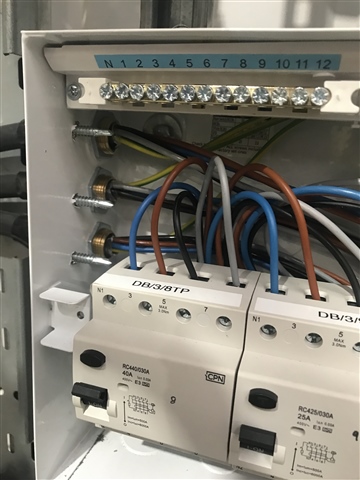
Recently, I’ve noticed an increasing trend in the use of self-tapers to secure earth banjos. The other end of the cable has an earth tail from the banjo, secured with a 6mm bolt and nut. Has anyone else observed this practice, and what are your thoughts on its effectiveness or potential implications? I’d be interested in hearing different perspectives or experiences with this setup.
-Andrew
